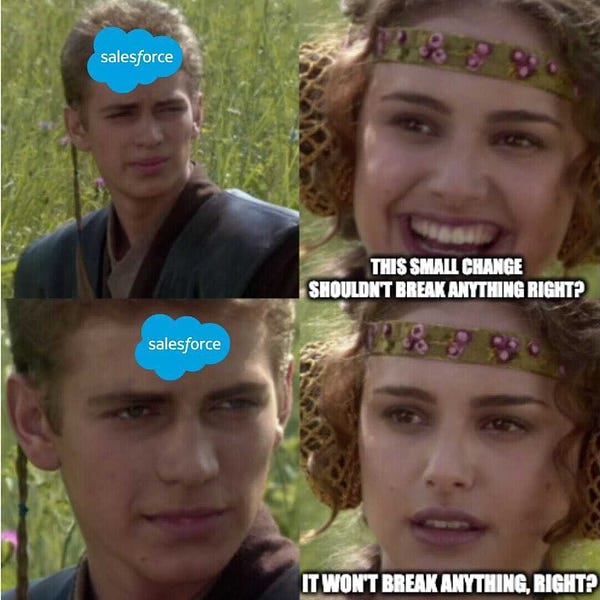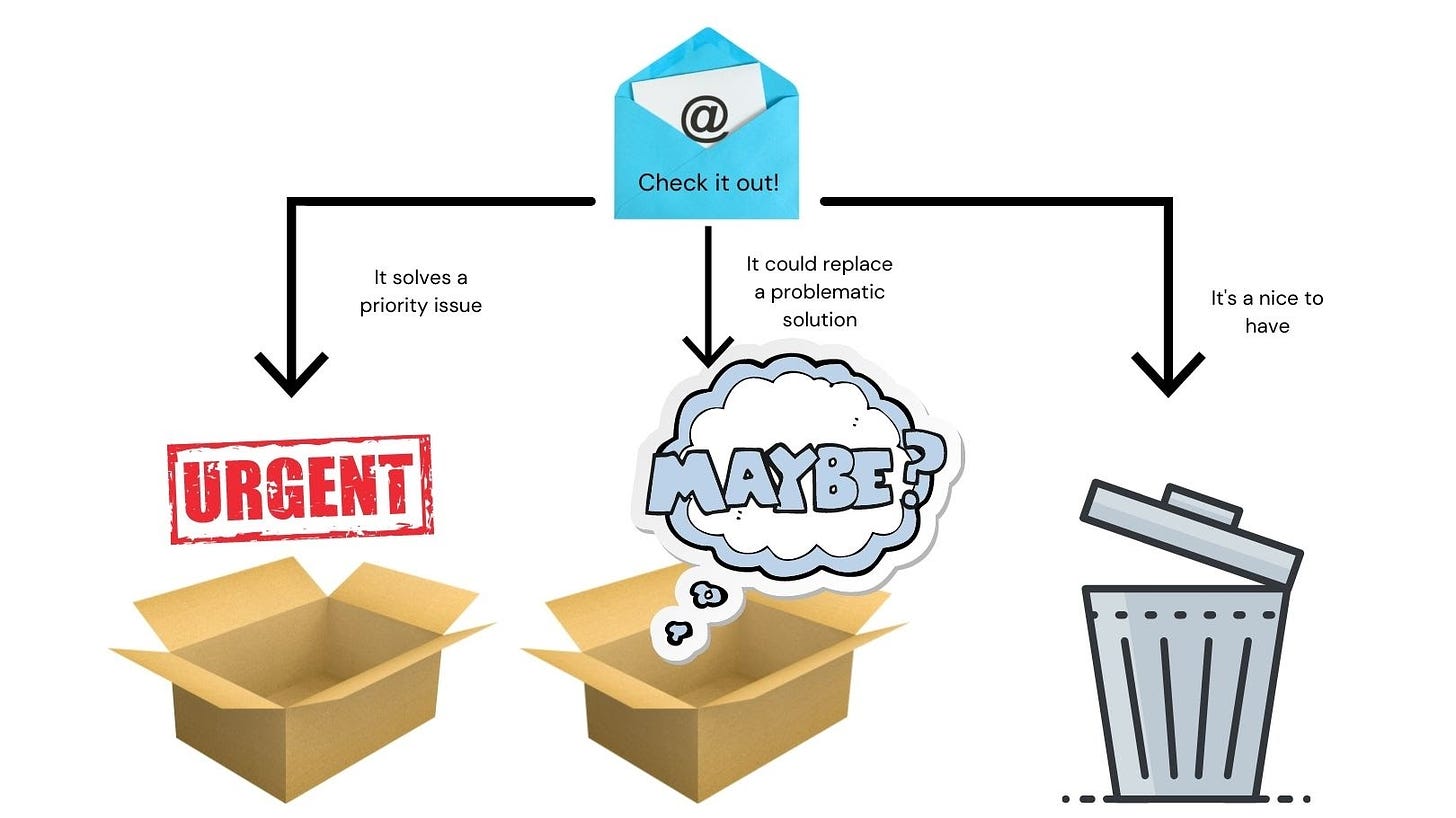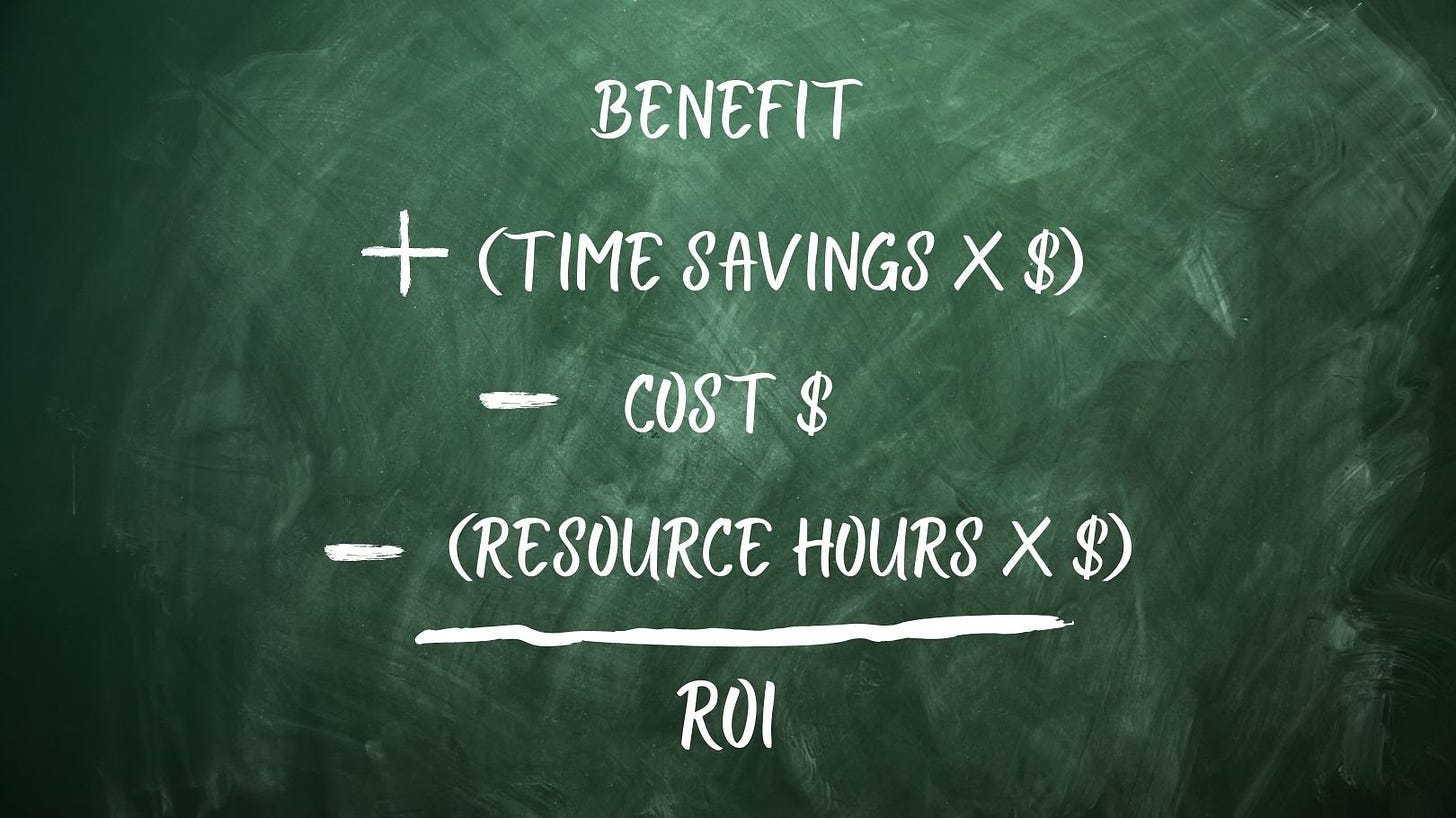RevOps Co-op Weekly #50 - How to Get the Budget You Need (The Startup Edition)
Krystal Diel, Dir. of Revenue at Capacity, shares how to prioritize the budget you have, argue for more funding, and why understanding your stakeholders can make a big difference during negotiations.
RevOps Co-op provides resources, content and community for those who ❤️ revenue operations. This weekly newsletter features collected tweets, posts and thoughts on a variety of RevOps topics. We also have a private Slack community with > 2,800 RevOps pro’s from companies like Slack, Lyft, Clari, Miro and more 👉🏻 click here to join.
📣 Partner Announcement! 📣
Our community partner, Everstage, is offering a 20% discount on their compensations automation product when you book a demo in September.
Everstage is a no-code commission automation platform that removes busywork for your Ops teams and provides a gamified incentive experience to your customer-facing teams.
How to Get the Budget You Need (The Startup Edition)
Krystal Diel, Director of Revenue at Capacity, shares how to prioritize the budget you have, how to argue for more funding, and why understanding your stakeholders can make a big difference during negotiations.
Figure Out Your Priorities
Budget planning isn’t considered fun by most people. It often comes with a lot of arguing over math and negotiation for desperately needed resources. Unfortunately, these negotiations are even more challenging if you’re in a “non-revenue generating department,” as RevOps is often labeled.
It’s not a bad idea to start with a wishlist of everything you think you could need in the next year and argue down to the absolute basics over time.
“Being in a startup environment, I don't always have a budget that's given to me. We have to fight for the budget and tools that we know can help solve our problems. When I get ready to position something as a solution, I have to do a lot of research to figure out which tools could solve the problem and balance price with how well they meet my requirements.”
Fortunately (?) for RevOps professionals, we never suffer from a shortage of sales emails pushing us to buy the latest and greatest on the market.
“We are constantly being prospected to purchase different tools that could potentially solve challenges. So when I go through my inbox or if somebody's hitting me up on LinkedIn, I'm put prospecting emails into three different buckets. One is for a tool that can solve a challenge that is top of mind today. Either their timing is impeccable, or I’m actively researching the product. The second bucket is for tools that could replace something I have today. The third is for “nice-to-have” tools. That category is honestly my trash folder because I don’t have time to research anything unnecessary.
“It’s a lot easier to get buy-in for tools that solve a priority issue. Typically, you're already socializing possible solutions. It's a problem that you've noticed or somebody in the organization has brought up as a priority. On the other hand, replacements are a harder sell because the cost savings or features we gain with the new product must outweigh the cost of ripping and replacing our existing tool.”
Calculate the Cost and Opportunity
When evaluating the cost of a new tool, don’t forget to calculate the resources needed to go live.
“When I think about switching vendors, they might save me $10,000, but what might I be forfeiting if I go with that vendor? How much cost is associated with my implementing the new tool and ripping out the old? This should include my time, resources, and end-user training. Don’t forget the hours you’ll be spending troubleshooting issues that are inevitable with any new rollout.
“When I do an ROI analysis, I include the cost of the tool, the opportunity gained (time savings or potential revenue gained), and the cost of implementation. You may be surprised at how often the cheaper solution isn’t saving you any money.
“Developing an ROI model for tools is worth the time. When the numbers are right, your argument is more compelling to the executive team. You don’t need to make it too detailed. When you’re calculating the dollars associated with time savings, use average salaries, the average time spent doing a task, and an estimate for the amount of time spent on training.”
Figure Out Their Priorities
Of course, it’s essential to understand your own department’s priorities. But, in RevOps, it’s also critical to understand the needs of the departments you’re supporting, the long-term company objective, and what the people you’ll be negotiating with care about.
“I have to stress the importance of knowing which objections executives will bring to the table for a proposed solution. Having responses to objectives prepped makes it easier to have conversations with potential naysayers. When I build out budget request presentations, I have a few slides that I go through. What problem are we trying to solve? What are the limitations of our current solution? What is inaction costing us? Finally, I present the solution I’m suggesting and the cost savings.
“If you use a structured presentation with several key details, they're going to trust that you went through a due diligence process. So state the problem as clearly as possible, state the solution as clearly as possible, and tailor your presentation to the objections you know are waiting for you.”
Different executives are going to be worried about different things. Sales leaders want their team to be freed up as much as possible to spend time selling. Marketing wants to prove the value of their programs, which is difficult to do in practice. Customer success wants to be able to do their job as efficiently as possible. Finally, the CFO (and usually the CEO) are worried about cost and return on investment.
To get a better understanding of what your stakeholders care about, form a working relationship with them.
“I've been strategic about my partnerships with different stakeholders in the organization. For example, the Controller is the person our CEO goes to for information about cash flow and profitability. When I can have conversations about topline numbers, I start to understand the world from her perspective. I can ask her some very specific questions and even get her opinion.”
In addition to knowing what key people think of a solution, it’s important to socialize your solution strategically.
“I have meetings set up regularly with a lot of key stakeholders in the organization. At least twice a month, I meet with our CRO. I meet with our VP of Marketing and our controller. A subset of us meet in an analytics pod where we raise issues we see and possible solutions. If I'm having a challenge, I will bring it up, and I'll say things like, ‘I'm vetting this tool because I think it can help solve X, Y, and Z.’
“There are meetings every other week with the company as a whole, and all of the stakeholders are there. It's my opportunity to share what I'm thinking, what I'm planning, and what problems I'm trying to solve. I use that as my platform to start planting seeds throughout the whole organization. Before I know it, they're socializing the problem and solution with each other as well.
“The bottom line here is don't be afraid to share what you're thinking about. Share the challenges you're trying to solve. It positions you as the expert in your field, and it helps build credibility. It shows you’re not a reactive RevOps person. You're proactive.”
Check out the full interview for more about making an iron-clad argument for more resources, and check out Krystal’s resources for managing with confidence at yougottadreambig.com.
Looking for more great content? Check out our blog and join the community.
🗣 From the Community
#04_revops-questions
9/15/21: 👋 Good morning everyone!
I'm currently designing the Sales Compensation (SDR and AE) for Blockchain Xdev.We have 2 sources of revenue:
Blockchain Solutions as a service considered as SaaS products
Blockchain custom development considered as Professional Services (average basket: 80k€ to 300k€)
I'm looking for benchmarks regarding the compensation in the event of closing of Professional Services.Do you have any benchmark?
a % of Sale for SDR?
a % of Sale for AE?
a fee Sales for SDR?Thank you very much for your help 🙏 Read 7 Responses.
#08_tools-and-software
9/15/21: Hello everybody! Curious if anyone has found a tool that automatically signs up new individuals with the entire tech stack (Hubspot, outreach, gong, etc). Have spent a lot of time setting new reps up with all the tools and would love to find a way to automate. Read 9 Responses.
9/15/21: My SDR team is suddenly convinced that Zoominfo is outdated and irrelevant for outbound efforts. They want to try Seamless, and they leverage LinkedIn quite a bit. Is this a common sentiment? Trying to get them to evaluate the capabilities fairly since we leverage Zoominfo for general enrichment already. Read 12 Responses.
💬 Access the RevOps Co-op Slack group here to contribute to the conversation!
🐦 This week in #RevOps Twitter
😨…


Make it raaaain! 💦
Let’s goooooooo! 🚀


📅 Upcoming Events
Slack AMA with Krystal Diel - Tuesday, September 21 @ 9am PT (12pm ET)
Tune into #03_general as we continue the conversation with Krystal Diel, Director of Revenue Operations at Capacity. Get your questions in about being a more effective coach, turning B players into A players, and best practices when managing projects.
📚 Your curated #RevOps reading list
How to define PQLs: A Cheatsheet for Product-Led Growth teams | Headsup
Forward thinking Product-Led Growth companies are increasingly recognizing that Product Qualified Leads (PQLs) are a superior metric to boost conversion rates. But how does one start building PQLs into your Product-Led motion? In this post, we'll tell you all you need to know about the three key criteria to use in defining PQLs effectively for your revenue teams. We'll also explain what a PQL qualification output should look like and talk about different kinds of PQLs you might want to identify.
Revenue Performance Management: Leadership and Operations for Optimal Outcomes | Stephen Hurrell
Revenue management is a new way look at generating and managing the top line. It unifies multiple sources: the traditional focus on new customers to existing customers as well as all types of revenue from new, additional channels. This could include customer retention, upsell and cross sell, in addition to other selling channels such as through partners or digital sales channels like e-commerce and subscriptions.
Actionable Analytics: What It Is, Why You Need It, and How to Use It | Inner Trends
As the phrase “actionable analytics” becomes more and more common in the business world, especially in SaaS, the fundamental meaning of the phrase has been getting lost. Suddenly any type of data is being labeled as “actionable analytics,” even if that’s not the case. And while the definition of words like “peruse” can shift and morph over time, technical phrases that describe specific processes and theories shouldn’t. Actionable analytics encompass the progression through four phases: descriptive analytics, diagnostics analytics, predictive analytics, and prescriptive analytics. As a business progresses through these phases, their data can do more things, moving from providing hindsight to insight to ultimately foresight. As the data is optimized to be more useful, their analytics increasingly become more actionable. Let’s take a look at each phase of this progression.
🔥 A few HOT #RevOps Jobs
Associate Director, Sales Systems | Amplify
Partnerships Strategy & Planning Analyst (Sales Operations) | Lyra
Partnerships Strategy & Planning Associate | Lyra
Partnerships Strategy & Planning Senior Associate | Lyra
Marketing Operations Manager | Demandbase (a RevOps Co-op Community Partner)
Funnel IQ is an operating system for your GTM team that provides end-to-end, full funnel analytics and insights that keep marketing, sales and customer success teams aligned and working seamlessly together to drive more revenue growth for your business.












